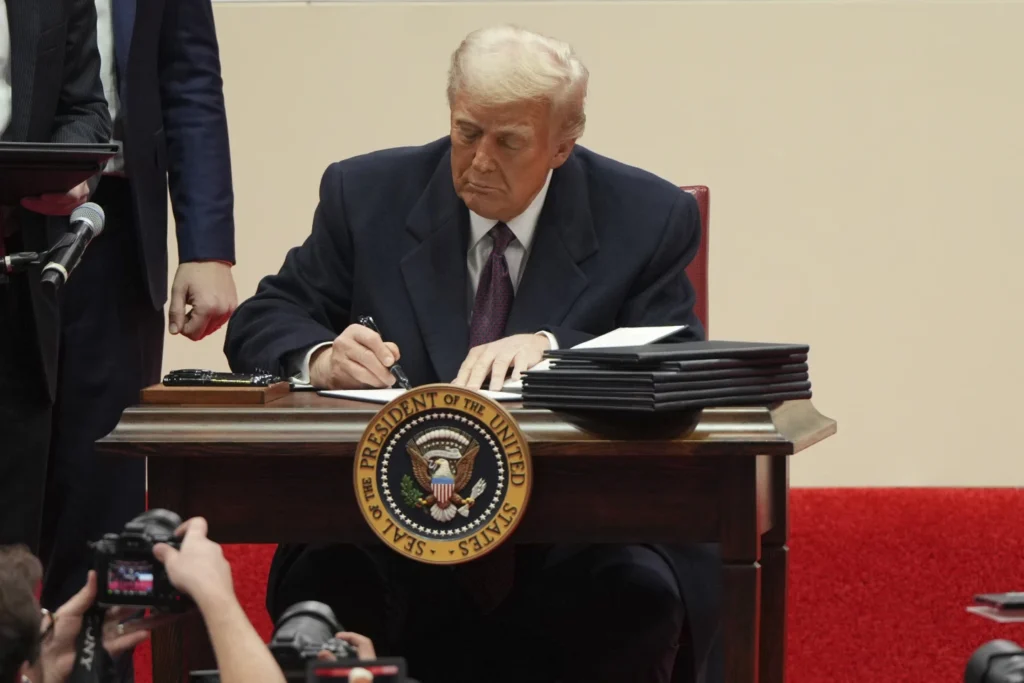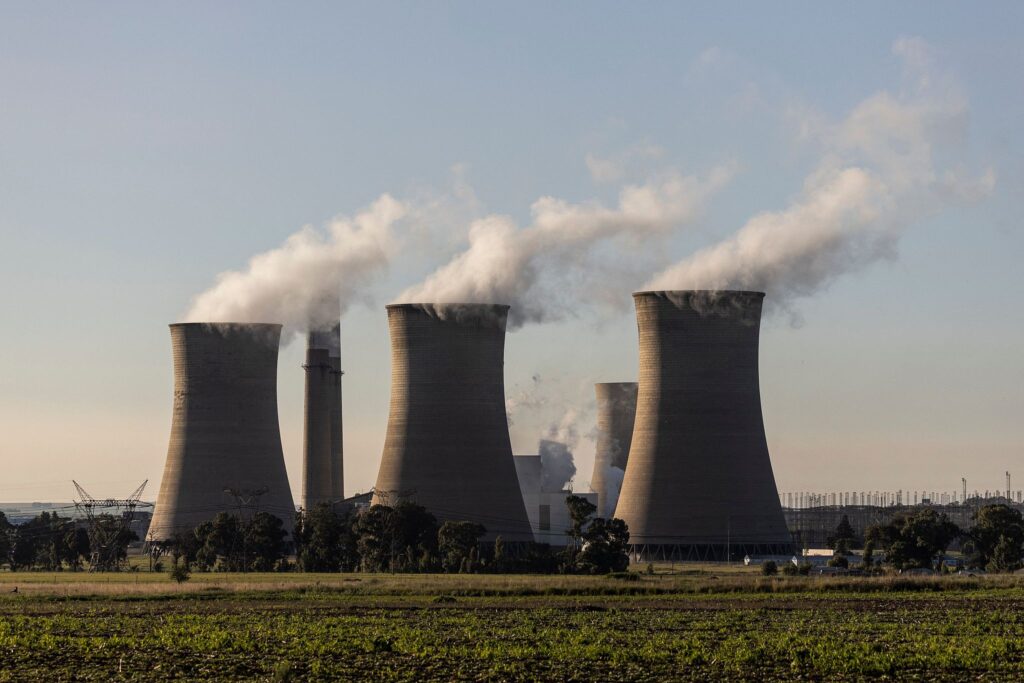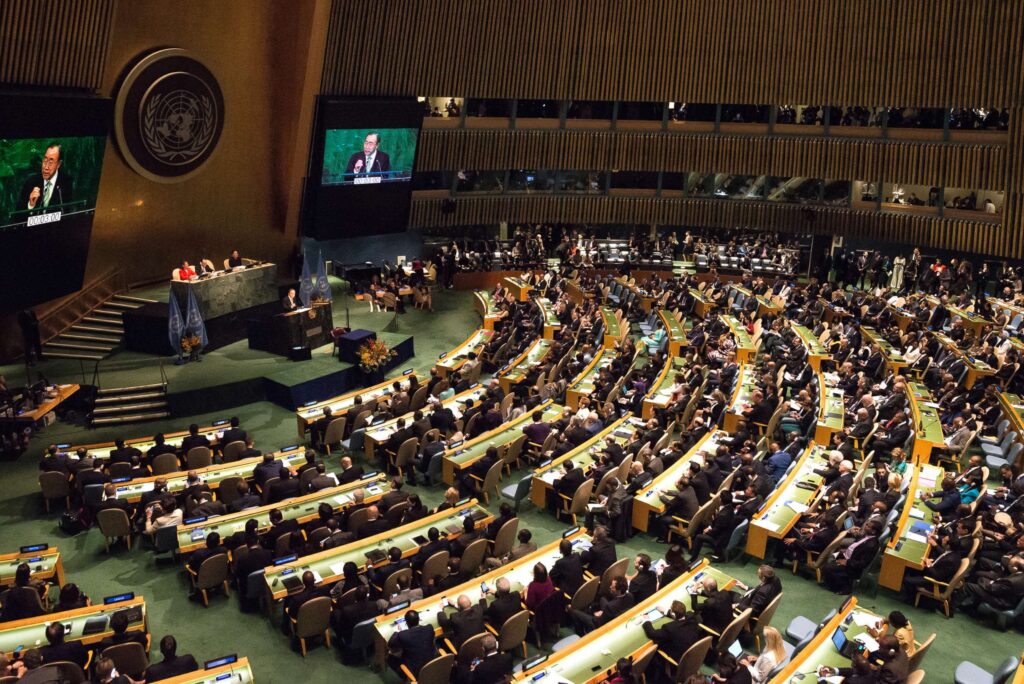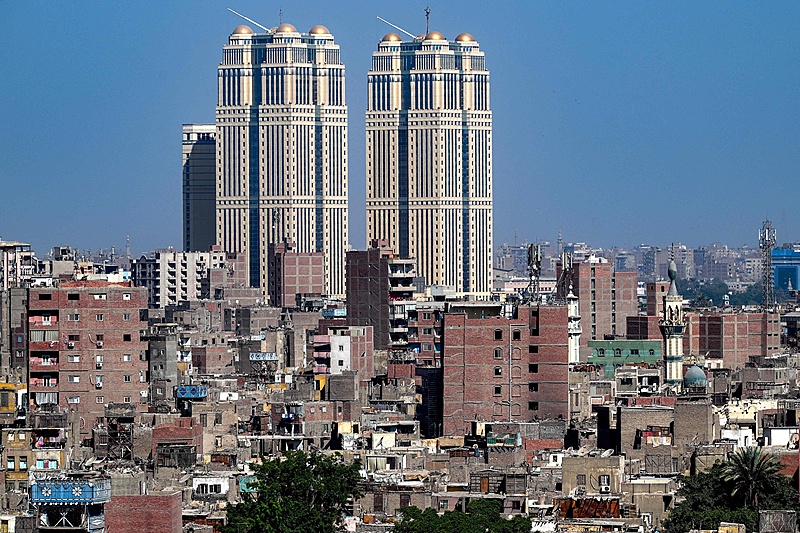
What is the Paris Agreement and what does the U.S. withdrawal mean?
On his first day as the 47th president of the United States, Donald Trump made a major move that many had anticipated following his re-election. Trump signed an executive order officially pulling the U.S. out of the Paris Climate Agreement, delivering a significant blow to global climate action. The decision opens the door to reduced regulations across the U.S., which could have far-reaching effects on worldwide climate efforts.

Donald Trump had done the same in 2016, but there was an extended notice process then which didn’t take effect until almost 2020.
The Paris Climate Agreement and why it matters
In December 2015, after years of negotiations, 195 nations made a new commitment to work together to address global climate change. The Paris Climate Agreement aims to limit global temperature rise to 2 degrees Celsius above pre-industrial levels by 2100.
This level is considered a crucial tipping point, above which there will be serious consequences for global food production and more frequent and dangerous climate events, such as flooding and drought.
To achieve this, global greenhouse gas emissions will need to be cut by an estimated 40-70 percent by 2050, and by 2100 the planet must be carbon-neutral.
Under the Paris accord, each country must submit its own plan to reduce emissions of greenhouse gases and deal with the impact of climate change.

The agreement as a whole is not legally binding and does not penalise nations who fail to meet their commitments. But it does impose an obligation on countries to implement their plans, and includes a review process designed to shame them into compliance, while putting pressure on them to increase the scope of their efforts every five years.
Impact on international cooperation
Jacob Olonde, CEO of the ECAS Institute and a climate change expert gave his opinion on the implications of this withdrawal when he accepted an interview by CGTN Africa.
According to Olonde, the immediate effects of the U.S. withdrawal are profound. “The U.S. has been a key player in global climate negotiations, and its exit will create a leadership vacuum,” he explained, adding that the repercussions are already being felt before the withdrawal will officially take effect in January 2026.
“The U.S. made a commitment of around three billion U.S. dollars to climate finance, which has been a significant contribution,” Olonde noted, “While these are voluntary contributions, the withdrawal limits the U.S.’s financial support for developing countries striving to address climate change.”

The U.S. played a central role in negotiating the Paris Agreement, and its withdrawal poses serious challenges for international cooperation on climate initiatives. “The agreement encourages countries to work together to reduce emissions,” Olonde pointed out, “Without U.S. participation, there’s a risk of diminished ambition among other nations.”
Olonde also warned that the U.S. withdrawal could lead to increased emissions globally. “Studies show that U.S. greenhouse gas emissions could be at least three percent higher by 2030 without the Paris Agreement,” he said.
Re-engagement with the Paris Agreement
If the U.S. wishes to re-engage with the Paris Agreement or similar frameworks in the future, Olonde highlighted several key steps. “An executive order is needed to rejoin, alongside setting more ambitious emission reduction targets,” he stated. The U.S. must also commit to funding climate projects in developing countries and enact progressive policies at both federal and state levels.
“Public awareness and support for climate action are crucial,” Olonde added, “Building goodwill and understanding the urgency of climate issues will be essential for any future engagement.”






